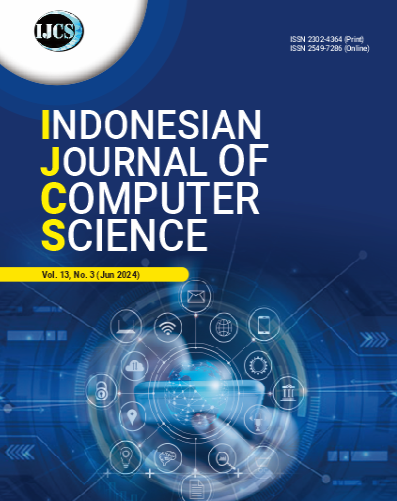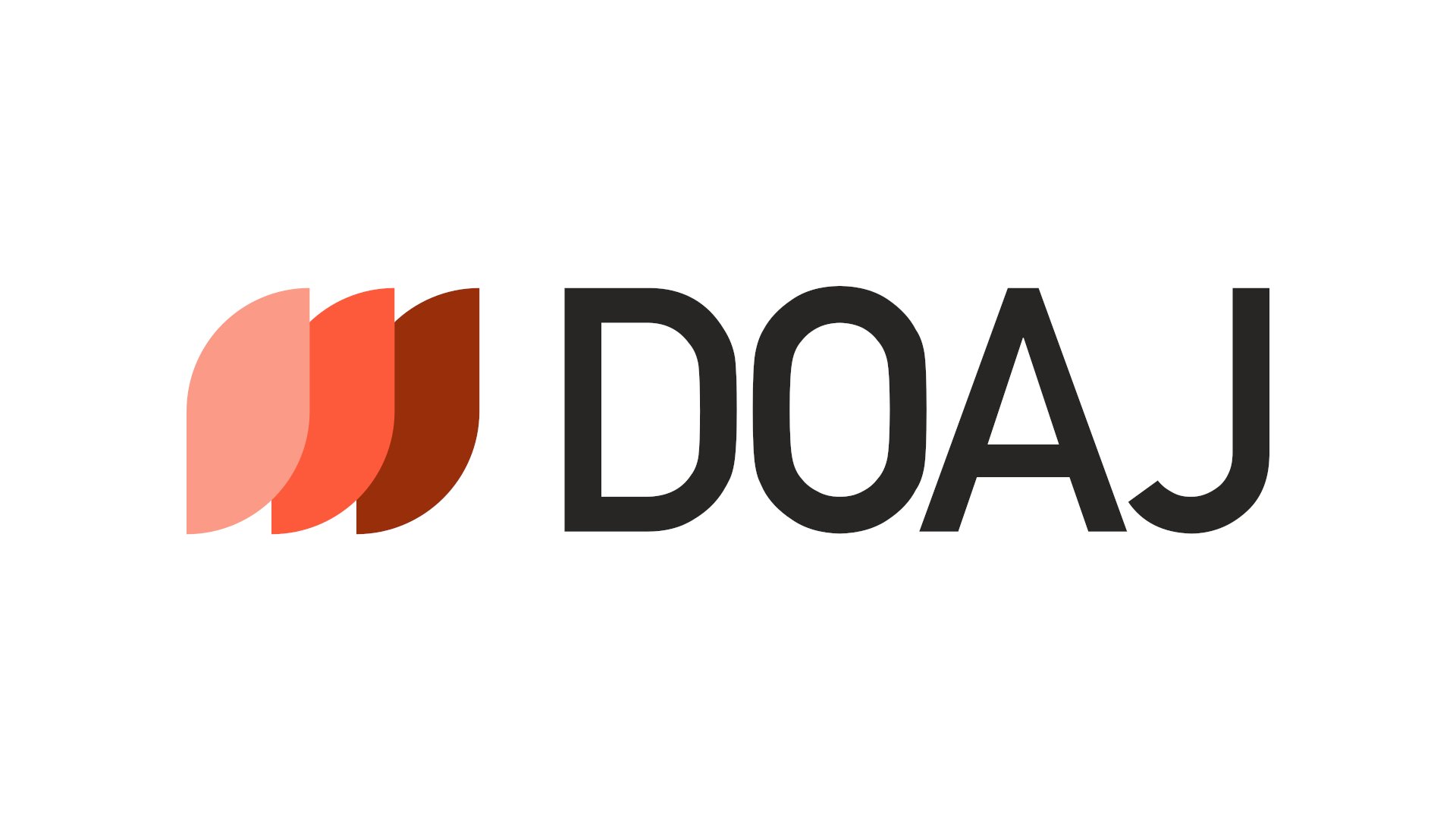Analysis of User Satisfaction while Implementing New Self Order Kiosk (SOK) Technology Using the TAM and Smart PLS Methods
DOI:
https://doi.org/10.33022/ijcs.v13i3.3951Abstract
Self Order Kiosk (SOK) is machines used for ordering process. Each SOK machine, equipped with a state-of-the-art touchscreen, displays a variety of menu options, including food, drinks, snacks, and ice cream. When customers place orders through these machines, their orders are sent directly to the kitchen monitor. This allows kitchen staff to immediately prepare and serve the orders quickly and accurately, reducing customer waiting times. However, there have been several complaints from customers about the ordering process using the SOK machines, indicating that there is still room for improvement in the service. Given these issues, researchers are increasingly interested in using the Partial Least Squares-Structural Equation Modeling (PLS-SEM) method in this research and Technology Acceptance Model (TAM). PLS-SEM is an analysis technique that enables the simultaneous testing of relationships among multiple dependent and independent variables. TAM is a method designed to examine user attitudes towards technology. Each variable can be a factor or a construct composed of several indicators. The research results led to the conclusion that the perception of the usefulness and ease of use of the Self Order Kiosk (SOK) machine significantly influences the acceptance behavior of SOK technology.
Downloads
Published
Issue
Section
License
Copyright (c) 2024 Muhammad Aizar Aisyun Niam, M. Tutuk Safirin, Ahmad Kurniawan

This work is licensed under a Creative Commons Attribution-ShareAlike 4.0 International License.





